Odra Trail – Boulevard of Xawery Dunikowski [12]
The Odra boulevard, with walking paths leading from Most Pokoju to Most Piaskowy, is part of nineteenth-century Old Town Promenade, built upon the site of the former city walls. A scenic mount – Polish Hill (Wzgórze Polskie) – was created after a partial demolition and backfilling of the Brick Bastion (Bastion Ceglarski) which was a part of the city fortifications.
Probably since 1358, at the place of today’s Market Harbour (Przystań Targowa), operated the oldest Wrocław port (since the sixteenth century its functions have been performed by the city port on Kępa Mieszczańska). Since the 1870s operated here one of the most important harbours for passenger steamships, which in summer travelled up the river regularly. Odra was full of tourist steamers, including Germania, Silesia, Oder or huge Traumschiff, which could take up to 500 people. Increased traffic on the Odra river in the second half of the nineteenth century was described by the German writer T. Fontane: Tugs and passenger boats go up and down, and pillars of smoke from the chimneys cast a shadow over sails of the ships that take cruises in whole squadrons.
Even in the nineteenth century seeing rafters drifting timber was no uncommon event. They came from Upper Silesia, were called Odrokowie, matackarzowie (from rafts called matacka) or Wasserpolocy (water Poles). Rafters would spend weeks sailing down the Odra river. At that time, they worked and lived on their rafts. In the evenings they started bonfires illuminating the river, and the water carried their songs: Our life is fun / we’re happy with our Odra river / want to swim at mataczka / for all our healthy years.
In June 2016 shortly after the refurbishment of wharfs and revitalization of the promenade, boulevard gathered the audience of many thousands on one of the biggest events of the European Capital of Culture – music and light show about the history of Wrocław, titled Flow. The river was not only the background, but also the heroine of the show, telling, among others, of the flood of the millennium, that took place in 1997.
At the foot of [Brick Bastion] Odra, silent, pliant, strongly in shores enclosed, saddled by a bridge, to rafts and galleys harnessed, not wide, but dark, opaque, as if to hide the secret depths in deceit.
F. Faleński, Tygodnik Ilustrowany, 1869. [unofficial translation]
ODRA TRAIL:
- Stopień wodny Opatowice, Śluza Opatowice
- Stopień wodny Bartoszowice, Śluza Bartoszowice
- Przystań ZOO, Port STANICA, Port RANCZO
- Przystań Zwierzyniecka, Most Zwierzyniecki, Kanał Miejskiego
- Szczytniki Barrage, Szczytniki Lock
- Wyspiański Shore
- Ujście rzeki Oława, Port Węglowy, Odra Centrum
- Grunwaldzki Bridge
- Kanał Żeglugowy, Śluza Zacisze
- Boulevard of Lech and Maria Kaczyński
- Gondola Bay
- Boulevard of Xawery Dunikowski
- Włostowic boulevard
- Most Tumski, Mosty Młyńskiej
- Sand Bridge, the Tamka Island
- The upper barrage, Sand Lock
- Słodowa Island
- Most Uniwersytecki, Marina
- The lower barrage – Burgher’s Lock
- Mieszczański Stopień Wodny, Elektrownie wodne
- Port Miejski, Kępa Mieszczańska
- Stopień wodny Różanka, Śluza Różanka
- Barrage Psie Pole, The City Lock
- Most Milenijny, Zimowisko Barek Osobowice 1
- Port Popowice
- Zimowisko Barek Osobowice 1
- Stocznia Kozanów
- Stopień wodny Rędzin, Śluzy Rędzin
- Home page
See also our Partner: www.WroclawNadOdra.pl [eng]
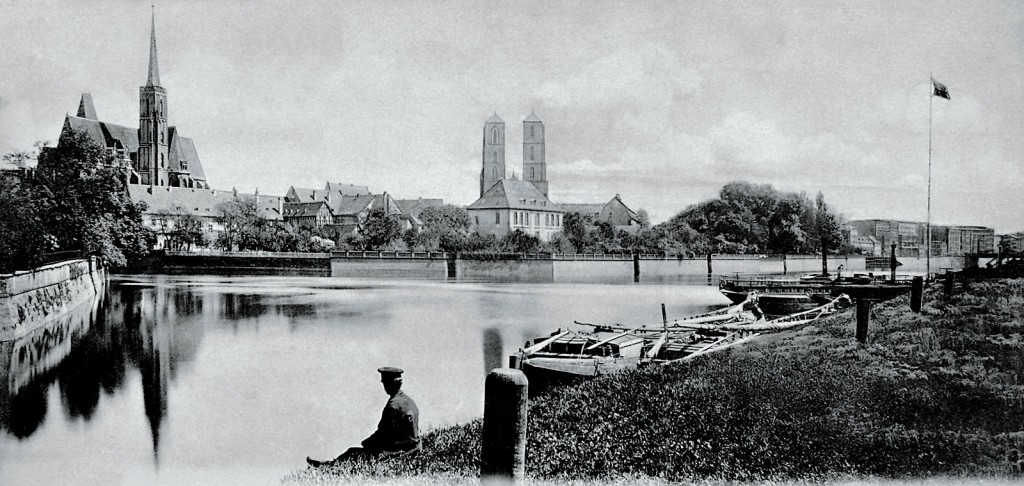
 See location on the map
See location on the map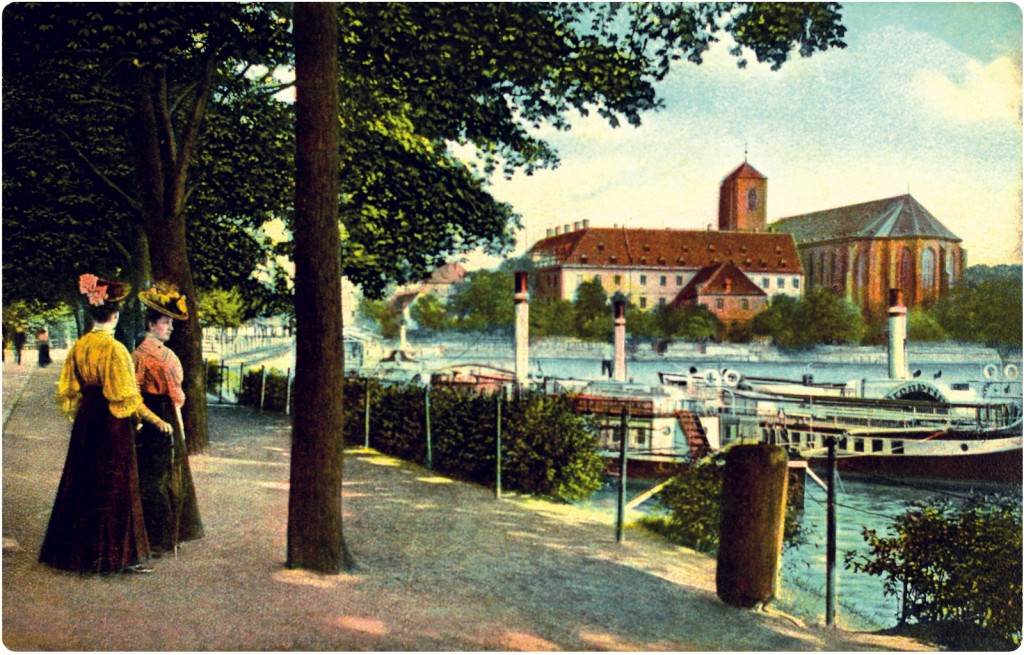

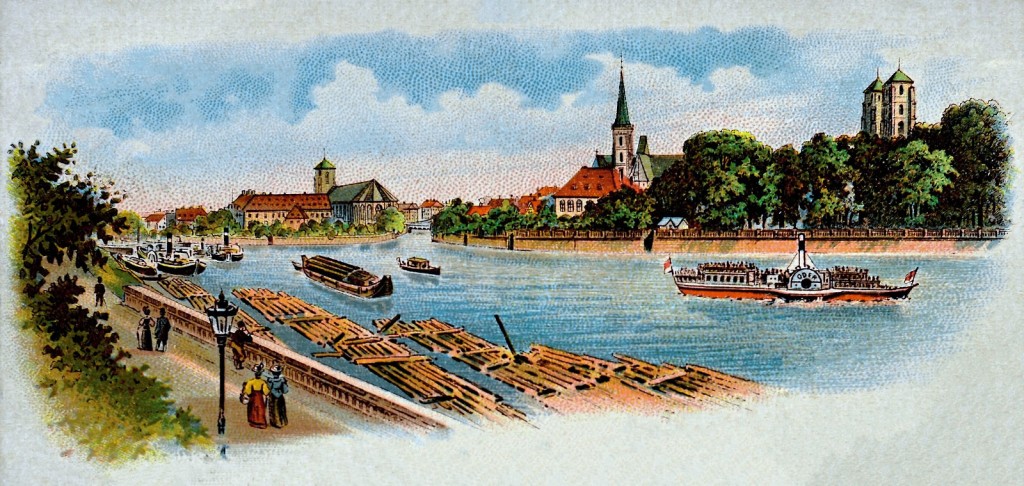
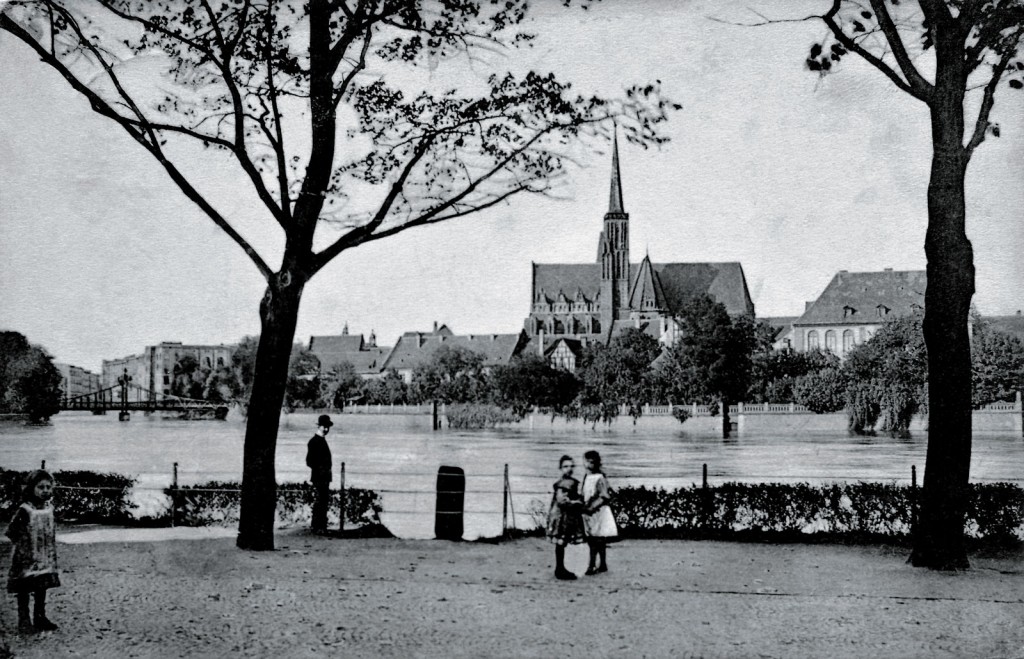

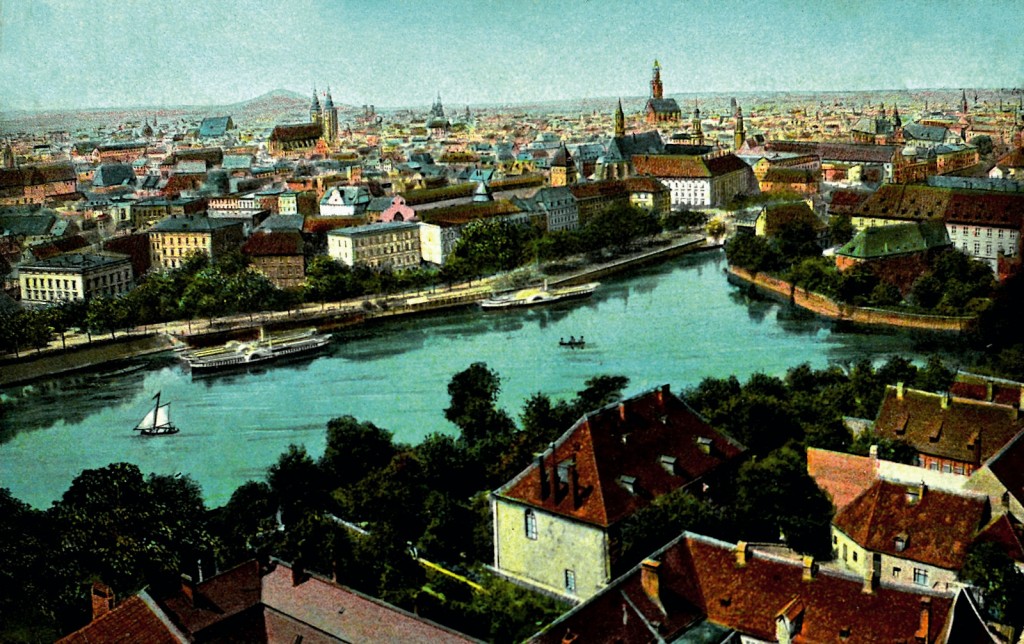
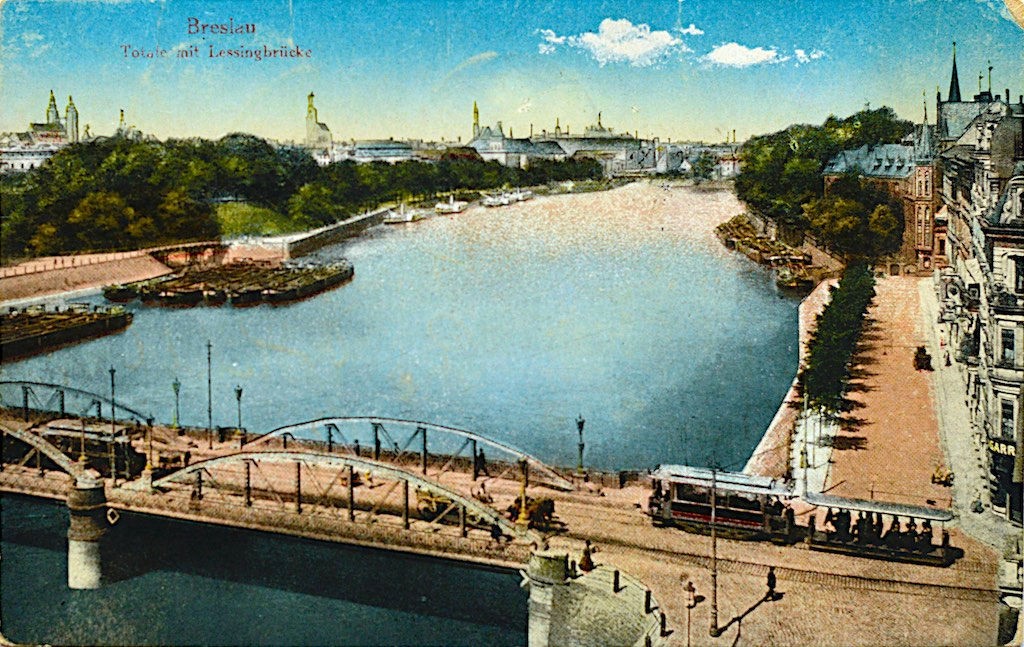
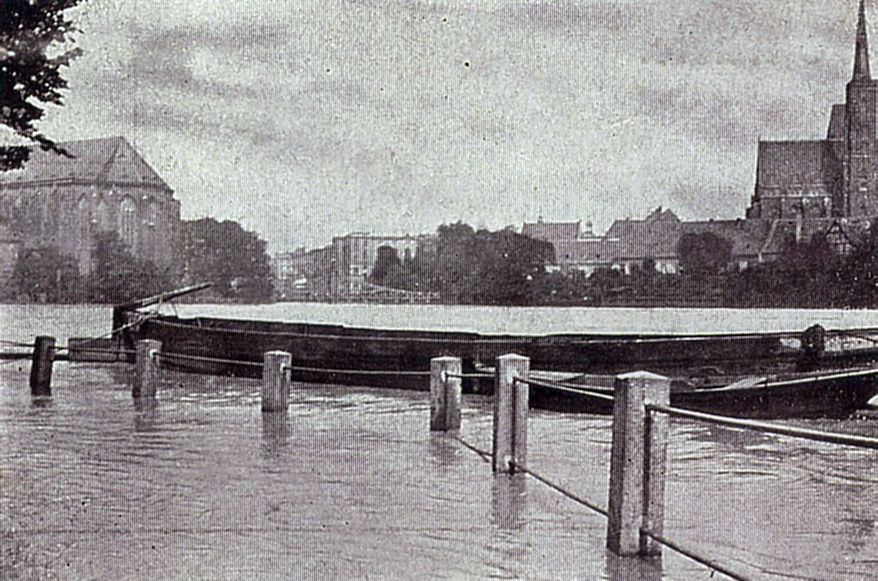
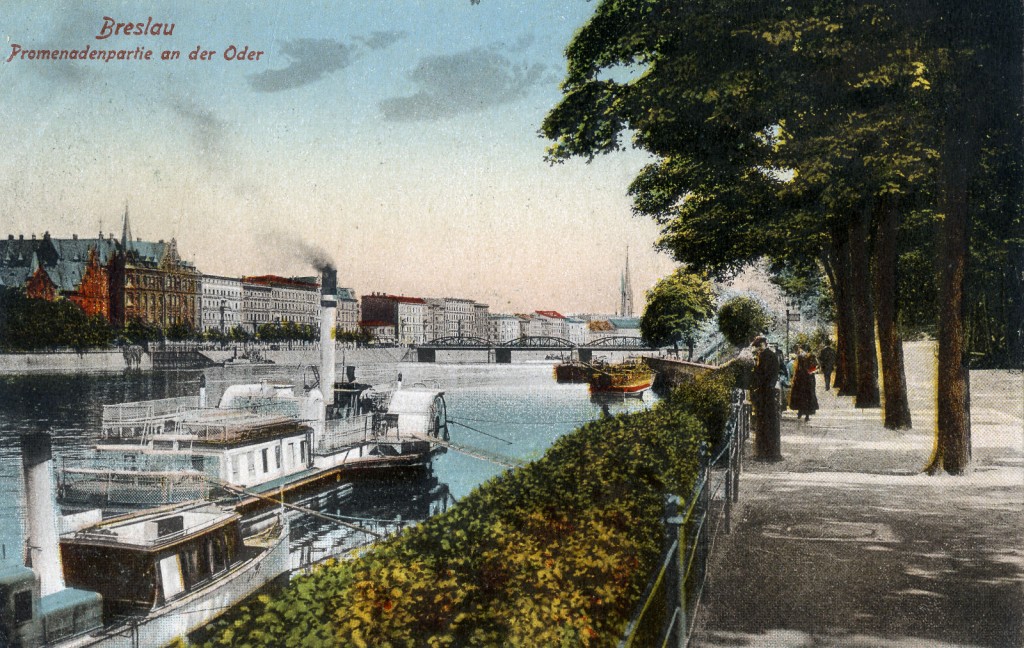


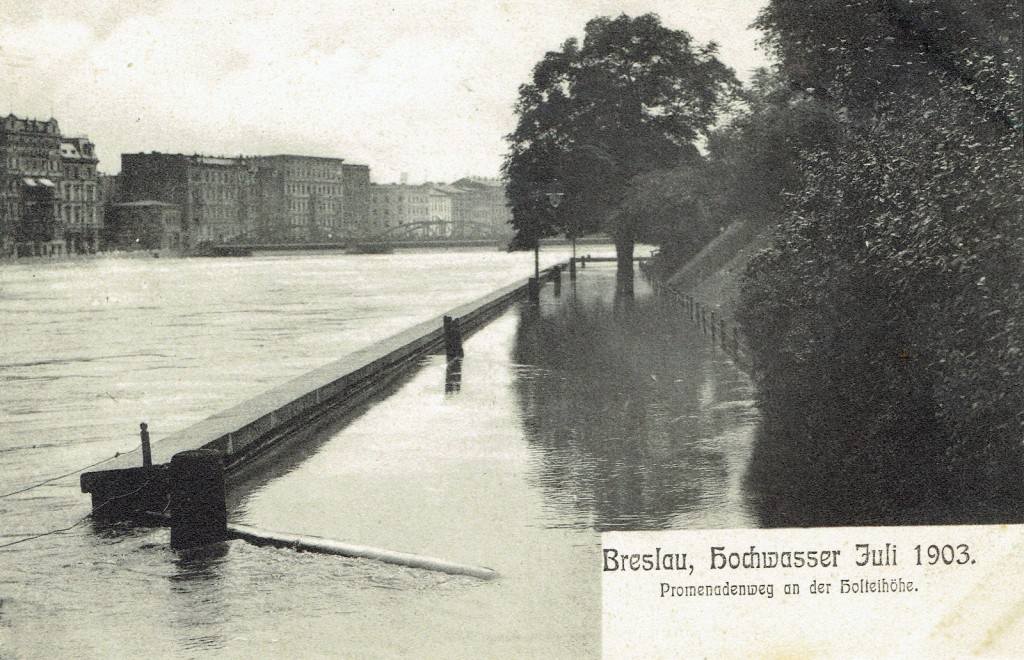
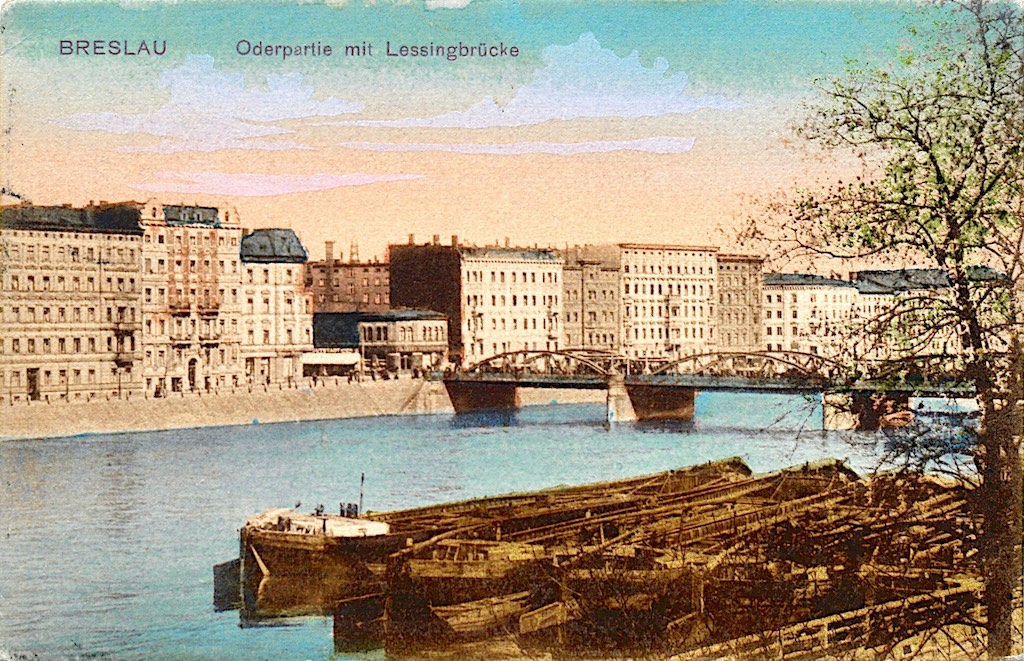
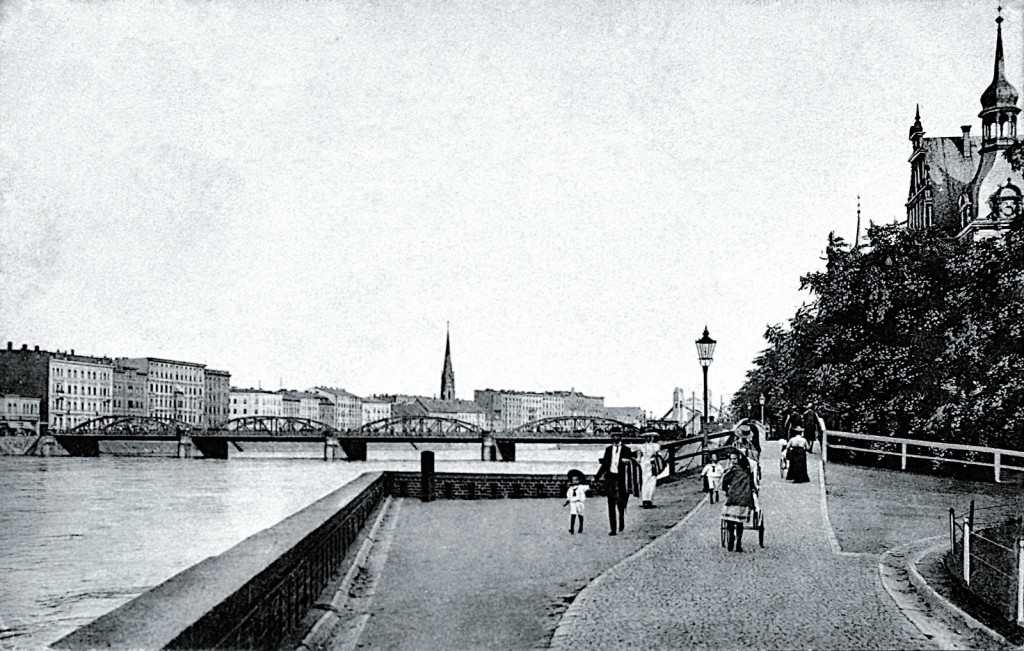
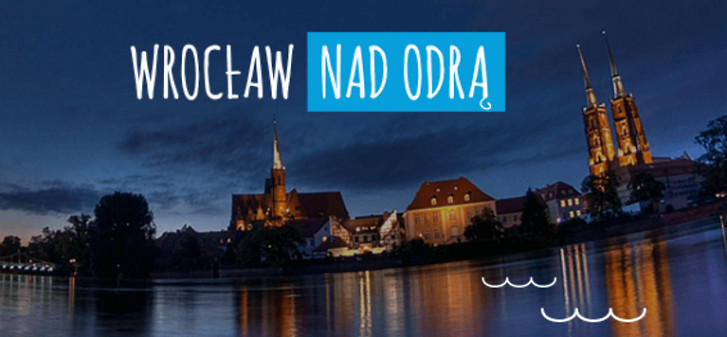


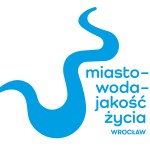
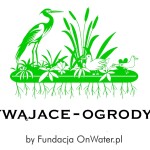
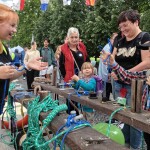

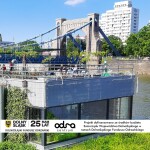
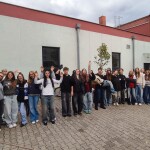

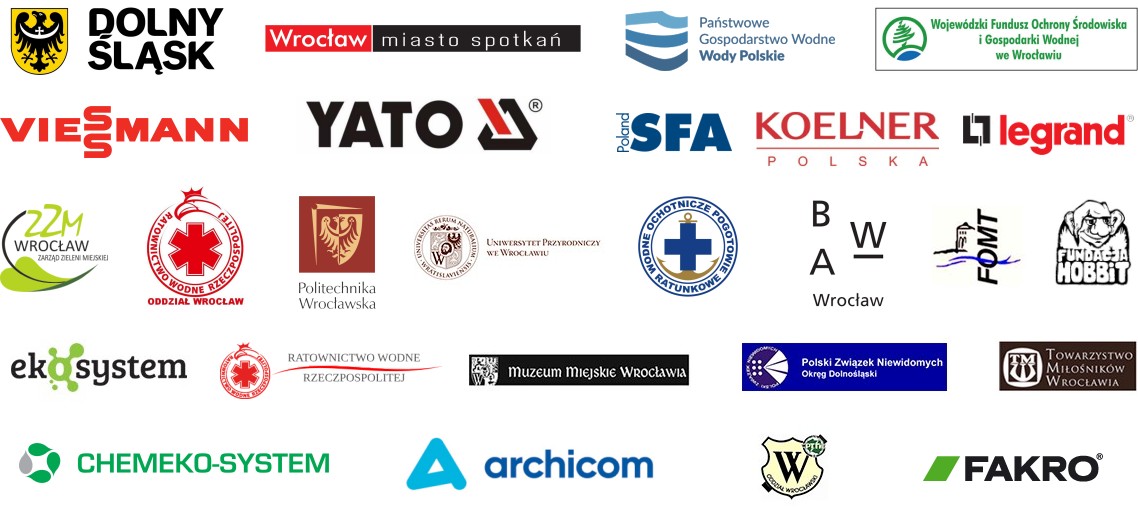
 wybrzeże Juliusza Słowackiego 5B, 50-406 Wrocław
wybrzeże Juliusza Słowackiego 5B, 50-406 Wrocław
 512 40 60 70
512 40 60 70




